
Coastal landscapes facing the combined threats of sea-level rise and erosion are at risk of a diminished, fleeting blue carbon stock

Coastal landscapes facing the combined threats of sea-level rise and erosion are at risk of a diminished, fleeting blue carbon stock
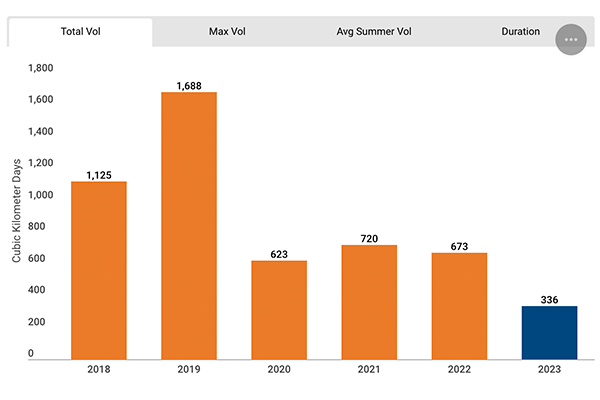
VIMS’ annual report of “dead-zone” conditions in the Chesapeake Bay indicates that hypoxic, low-oxygen conditions, in 2023 were at their lowest since monitoring began in 1985

Results demonstrate that fiddler crabs reduce plant growth in crabs’ expanded range, with findings counter to decades of research in their historical range.
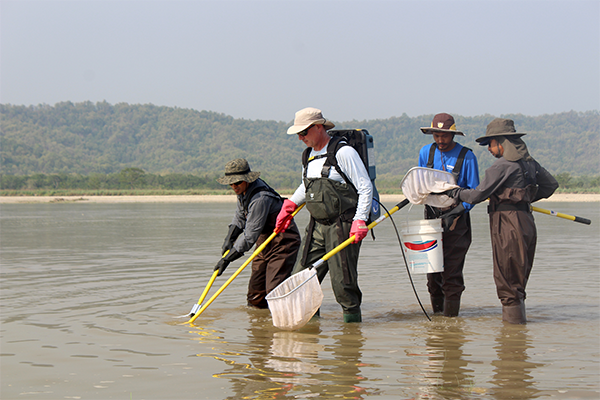
True multidisciplinary collaboration is at the heart of what is now known as the Nepal Water Initiative (NWI), a research effort led by scientists and scholars from the Virginia Institute of Marine Science (VIMS), the Global Research Institute (GRI), the Institute for Integrative Conservation (IIC), and the Religious Studies Department.
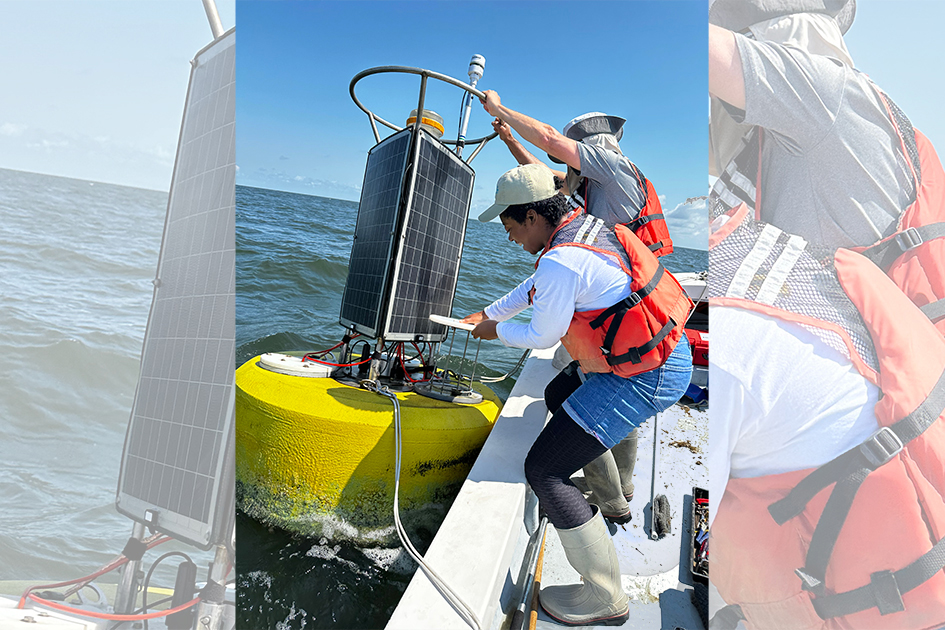
24th-annual contest recognizes the most noteworthy images captured by VIMS faculty, students, and staff while conducting research in the field and laboratory.
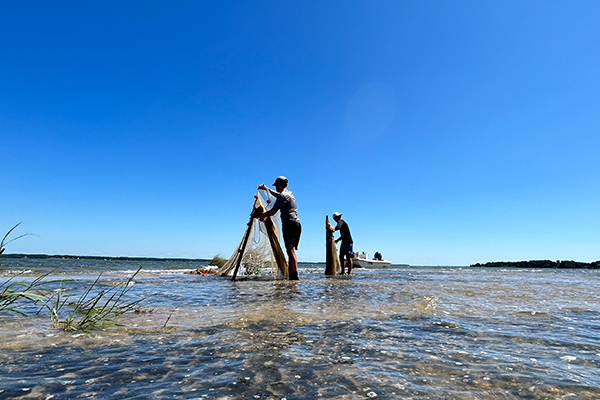
Preliminary results from an ongoing long-term survey conducted by researchers at the Virginia Institute of Marine Science suggest a poor year class of young-of-year striped bass was produced in Virginia tributaries of the Chesapeake Bay in 2023.
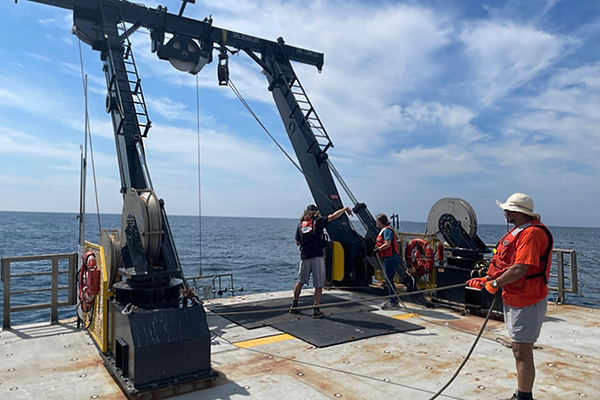
Dr. Siddhartha Mitra PhD '97 joins VIMS as associate dean for academic affairs.
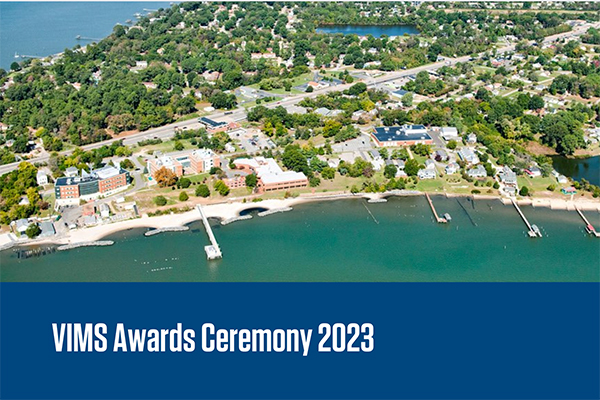
Each year the VIMS community gathers to recognize exemplary performance by faculty, staff, and students. Learn about this year's honorees.
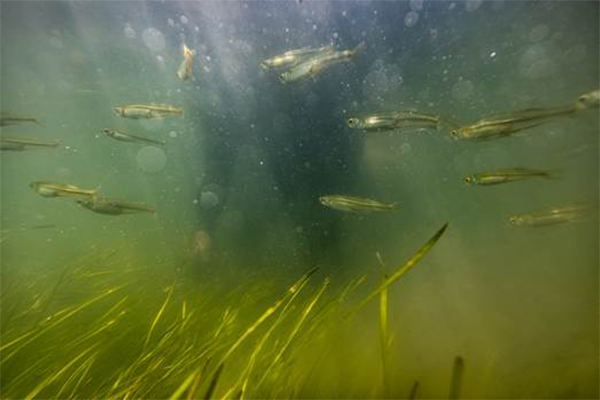
An annual survey led by VIMS researchers mapped 76,462 acres of underwater grasses in the Chesapeake Bay and its tributaries in 2022. Their report, published today, documents a 12% increase in submerged aquatic vegetation (SAV) in the regions mapped by the team, with lead researcher Dr. Christopher Patrick noting, “For the most part, we had a really encouraging year for SAV throughout the Bay.”

Q&A with Dean & Director Dr. Derek Aday about VIMS' new organizational structure.
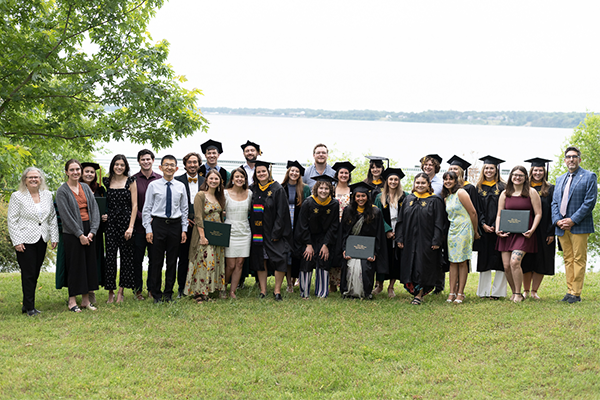
Colleagues and family join graduates to celebrate their big day.
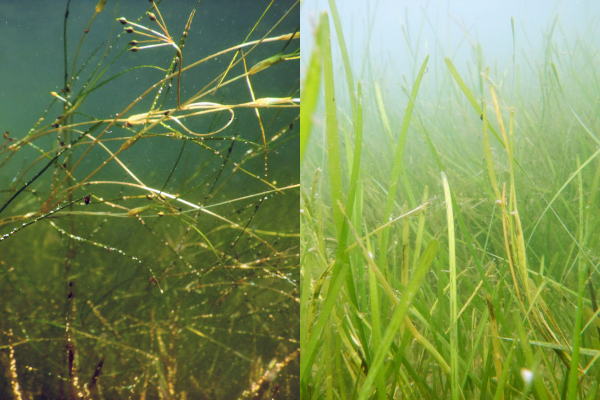
VIMS researchers and their collaborators evaluate the causes and consequences of a new dominant seagrass species rising in the Chesapeake Bay, demonstrating both new threats and management opportunities.
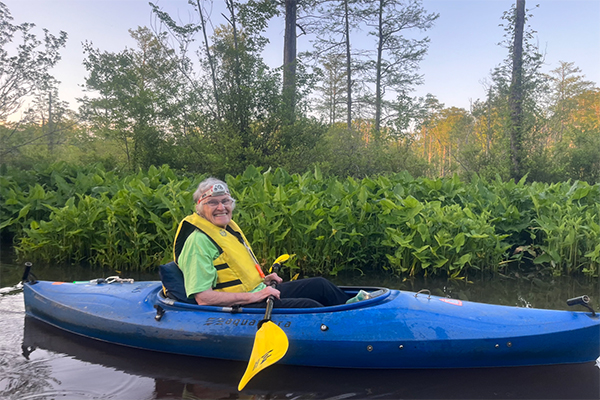
The York River and Small Coastal Basin Roundtable recognizes two informal educators for their exceptional efforts in environmental literacy for all ages, a primary goal of the organization.
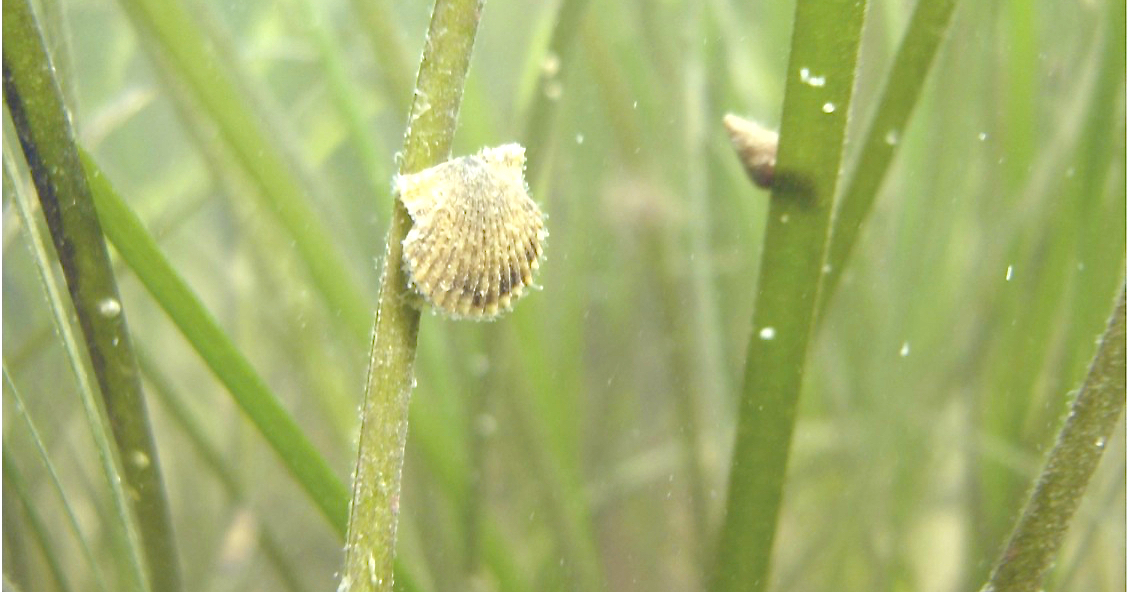
VIMS-led team will use a $2.25 M NOAA grant to expand their already successful efforts to restore seagrass and bay scallops to the seaside bays of Virginia’s Eastern Shore.

NOAA has chosen VIMS as home base for a new national program focused on protecting U.S. coastal waters from derelict fishing gear, specifically the pots and traps used to harvest crabs and lobsters.
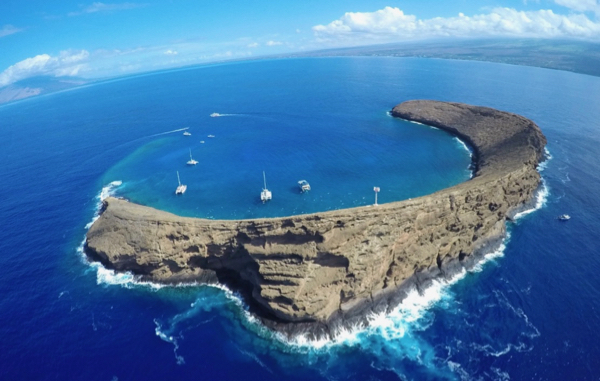
Results of VIMS-led study will help resource managers better care for Molokini and other highly visited marine protected areas worldwide.
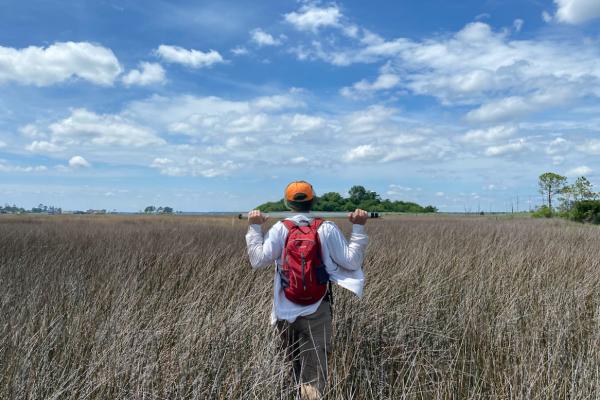
Research shows carbon storage in coastal systems increases at moderate rates of sea-level rise but decreases if rise rates get too fast.
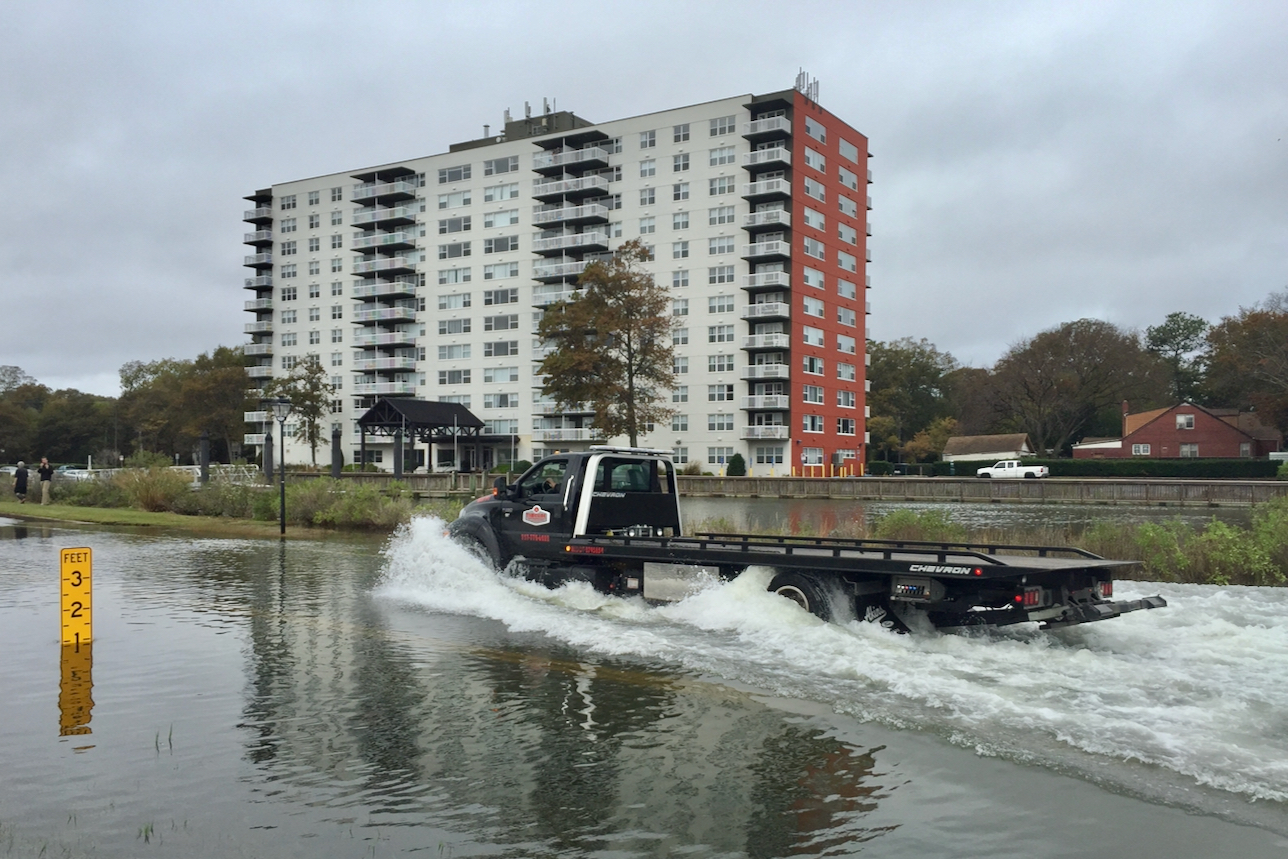
Discover highlights from our annual analysis of sea-level trends at 32 coastal localities nationwide.
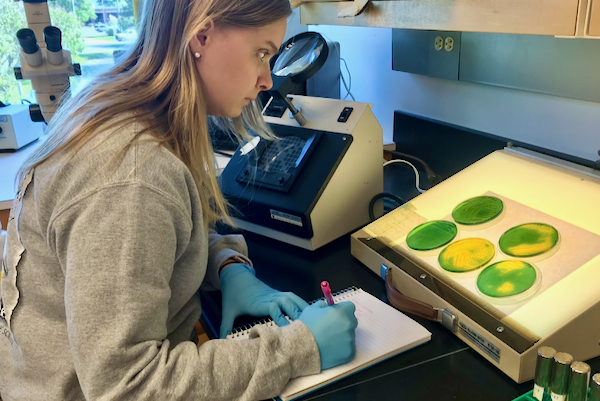
VIMS researchers earned 5 of the 44 grants awarded in 2022 by NOAA Fisheries’ Saltonstall-Kennedy Program, an annual nationwide grant competition designed to enhance U.S. fisheries and aquaculture.

VIMS-led research shows that a distant human relative pumps large amounts of carbon from the ocean surface to the deep sea, where it contributes nothing to current warming.
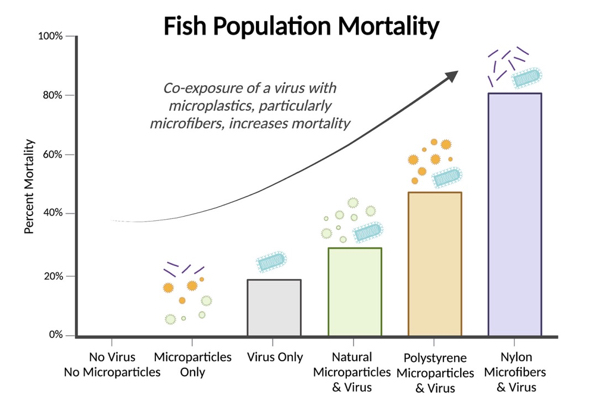
A new VIMS study reveals that the presence of microplastics increases the severity of an important viral fish disease.
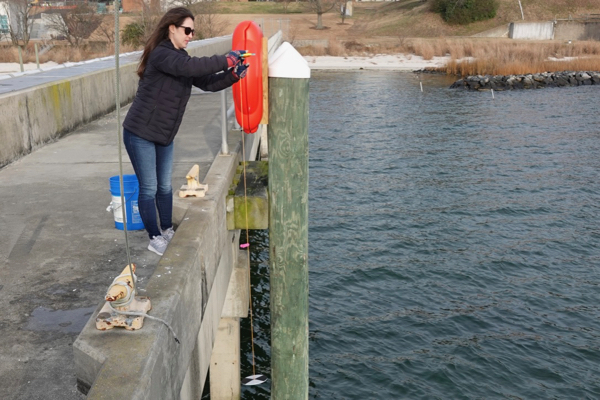
Choice of water-clarity metrics impacts management of seagrasses and other light-loving organisms.